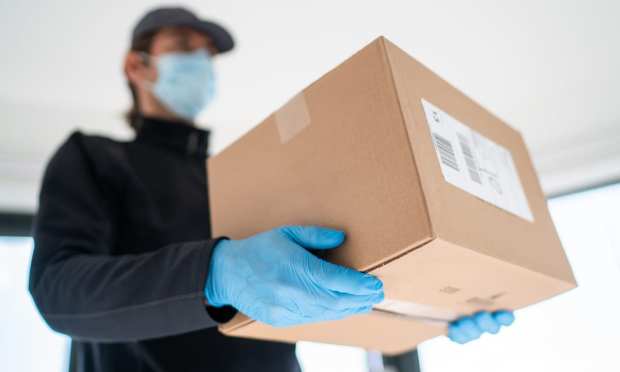Home Is Where The Package Is: Merchants Bring Last-Mile Delivery In House—And To The House

The great digital shift hits us where we live, literally.
In an interview with Karen Webster, Khaled Naim, co-founder and CEO of Onfleet, which provides last-mile delivery management software to merchants, said year-over-year delivery volume has been surging amid the pandemic, with triple-digit increases in some segments, double-digit increases in others — and no signs of stopping.
Onfleet data shows that, as measured from the end of February through the end of August, it saw volume gains in nearly every segment supported on its routing and dispatch platform, from retail and commerce (up 137 percent) to cannabis (up 76 percent) to pharmacy (up 36 percent). The only decreases, the company said, came in catering, B2B food and laundry, all down double-digit percentages.
(Side note: Desserts and novelties, the edible kind, saw the highest growth, at more than 182 percent, indicating that stress eating is being well supplied.)
The explosion in volume across most segments shows that in addition to the well-publicized pivots to curbside pickup and buy online/pickup in store, consumers increasingly want the items they buy delivered right to the doorstep.
“We saw massive spikes in May and April, but the demand continues to grow. Businesses are being built, or existing retailers are pivoting their businesses and expanding, or extending, to accommodate consumer demand and expectations,” he said.
Regardless of region or country (Onfleet operates in 90 countries), the delivery volumes trend up where lockdowns and virus infections increase.
The pivoting and expanding is leaving some retailers stretched — with not enough money or staff on hand to support full-fledged delivery operations.
That translates into supply constraints, said Naim. To compensate, that means retailers are refusing to accept new business altogether or add surcharges to help defray delivery costs.
Increasingly, he said merchants are turning to Onfleet to help manage their own delivery operations, or collaborate and schedule with local, third-party delivery services providers.
In terms of mechanics, Onfleet’s offerings span smartphone apps for drivers, a digital dashboard geared toward dispatch operations and automatic, real-time tracking for the end recipients.
The company maintains that optimizing routes and deliveries can save costs for the merchants leveraging Onfleet’s logistics software — reducing delivery costs by up to 50 percent and helping shorten the actual last-mile treks to consumers.
Food And Beverage And The Some B2B Pivots
Among the biggest spikes the firm has been seeing, said Naim, has been in the food and beverage industry, especially within the restaurant delivery sector.
Many of those eateries are partnering with DoorDash, Postmates and Uber Eats, but they’re looking to have more control over this cost center and not give up as much margin to the food delivery aggregators who can snag 30 percent commissions.
Though a high-level view may hold that Onfleet competes most directly with the aggregators, Naim told Webster that the company’s direct competition lies mainly with the manual pen and paper processes, the spreadsheets that firms use when they’re managing their own delivery drivers.
There are other delivery software platforms in the space that Onfleet competes with more directly, but over the long-term, the company looks to strike more partnerships such as one in place with Olo, which powers digital ordering for restaurants. Olo handles the point of sale integration for eateries and which integrates with Onfleet’s dispatch operations.
“We’re starting to see more of a hybrid approach,” said Naim of restaurants, and where Onfleet’s integrations allow orders to be served by the eateries’ own staff and fleets. “So they’re working with third parties, but also doing a lot of their own deliveries in house.”
By and large, he said, delivery demand will continue to increase within the restaurant space. It’ll be hard for many restaurants to have in person, outdoor dining in place through the winter months. And in terms of longer-term trends, PYMNTS recently found a majority of consumers, at more than 80 percent — state that their online ordering habits will remain online (in whole or in part) after the current health crisis subsides.
The company is also expanding its customer support and engineering staff, and said Friday that it raised $14 million in a Series A funding round to help support that growth. Looking ahead toward the roadmap into 2021, with the new funding in hand, Onfleet is in the midst of talking with firms like Square and Toast to integrate point of sale capabilities for small and local merchants. Having that integration would help those smaller firms sidestep the complexities of entering orders into multiple systems, he noted.
As the great digital shift continues to provide merchants new revenue opportunities, logistics software such as on offer from Onfleet, according to Naim “fills a gap, helping any retailer, making it easier for them to offer fast, affordable, even ‘delightful’ delivery to their customers.”